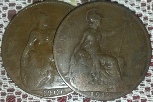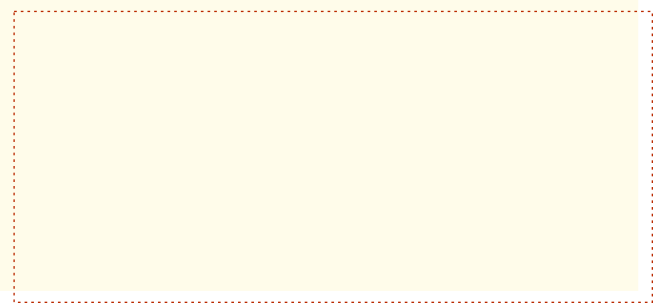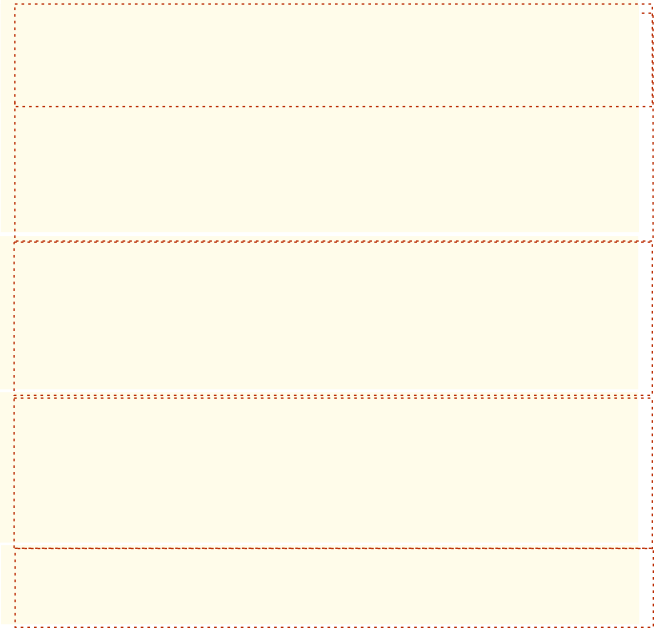© paperbacKnow limited 2013 -






The Tudor Monastery Farm screened on new year’s eve on BBC2. It is available on BBC iplayer until 8th January 2014.
Mmmmm… Pig’s head for Christmas dinner. Ruth shows us how this was prepared. And perhaps its not as bad as it sounds. I’d never thought there was much prime eating in the head. But fortunately, Ruth removes the natural contents and replaces it with some better bits together with some (in those days rare and precious) raisins.
Then, while Ruth boils her head, Peter heads out to harvest some holly and ivy with John Roberts. The ivy is used to cover a giant wattle crown which Tom and Peter make outside the house. I was eondering how they would get it inside. And the answer was… with great difficulty.
Ruth continues with the cooking in the Tudor kitchen with quite a few helpers.
Christmas proper begins with mass in the village church. Then its back to Bayleaf for the Christmas feast. And a big old feast it is. And well attended with tables all round the hall (so that there’s not room for the fire in the middle -
The Tudor Farmer couldn’t afford to feast every day during Christmas. So a later feast takes place at the monastery. This appears to be where Tom is seen working as a spit-
With no work allowed at Christmas there’s an opportunity for some sport. But archery is rather more than that. It was, in fact, quite a key skill in the eyes of the King. In the event of war, there would always be a need for archers.
Following 4 weeks of fasting, the Christamsa revelries run for the full ‘12 days of Christmas’, culminating with the bigget party of all on 12th Night. Here, one of the revellers becomes the ‘Lord of Misrule’ who will wear a crown made of felt by Peter.
Tom goes to see Sean Jones to get some bagpipes for the revelries. He makes it look easy but I can’t imagine it is. We saw nothing of putting the holes in the pipe. And that is what will determine whether the notes are right.
The programme ends with twelfth night revelries and wasailing.
The Woodsman -
This is not taking place at the monastery at all, but at Weald and Downland where John Roberts is one of the woodsmen with particular responsibility for coppicing and charcoal burning..
The village church
We first saw this buiding in Episode 1. It is nowhere near Weald and Downland but is, in fact St Teilo’s church. Relocated in 1984/5 from Llandeilo Tal-
The Falconers
This is Emma and Mike Raphael’s day job. Not merely falconry. Since 1998 they have specialised in historic falconry. They cover a range of historic periods from the late Roman right up to World War II. Apart from extensive television work (including Time Team and Going Medieval), they offer a range of demonstrations at various events and training courses. To find out more, including how you can learn to handle and carry a hooded hawk, visit the Raphael Historic Falconry website.
The Falcon’s Hood
Falcons react fairly simply to what they see. So if you cover a falcon’s eyes, it seen nothing and it doesn’t react. Effectively you can switch it off by putting a hood on its head.
The hood is made by Ben Long who has been crafting falconry furniture for over 40 years -
Ben Long also runs The Falconry School which offers a range of short courses and experience day.
The Archer
Derek Hutchinson is rather more than simply an archer. He is quit an accomplished bowyer -
If you like Tudor Monastery Farm, the previous farm series from the same team are all available on DVD.
The Boy Bishop
This is the choir at the school attached to the monastery which we have seen throughout the series.
Sean Jones
Sean Jones is an historical instrument maker by trade. Having discovered the price of historical instruments and the price of the equipment required to make them, he decided to buy the latter rather than the former and set about finding out how hard it is. He has an experimental approach. Although he studies records of how instruments were made, he uses his findings only as the basis for his work rather than trying to copy exactly.
Sean has (alsmost) close links to Weald and Downland, having learned much of what he knows of instrument design next door at West Dean College. You can buy one of his instruments, or find out where he will be exhibiting… and a lot more… on the Jones Instruments website.
